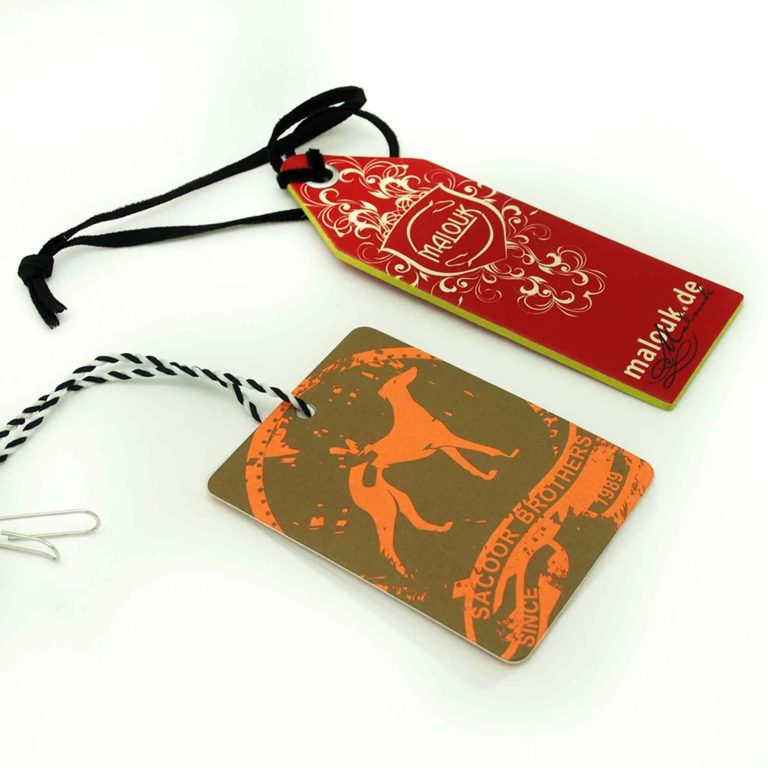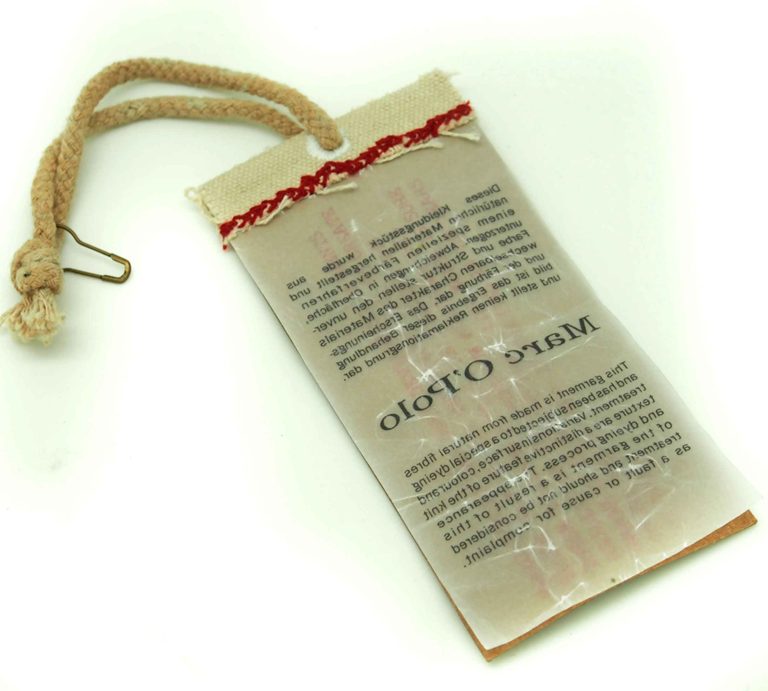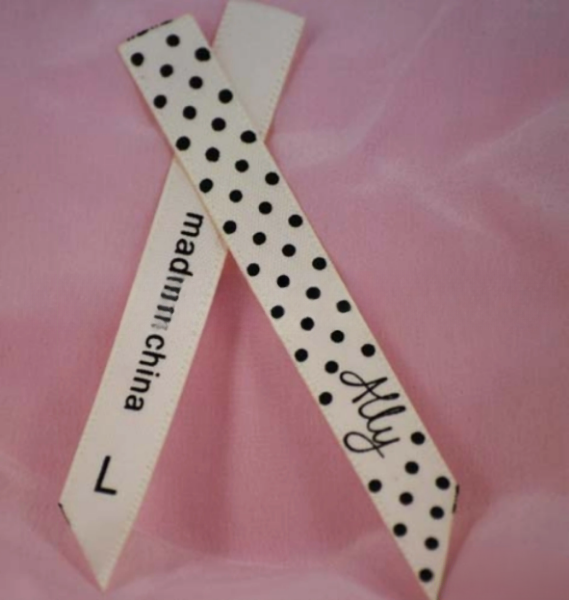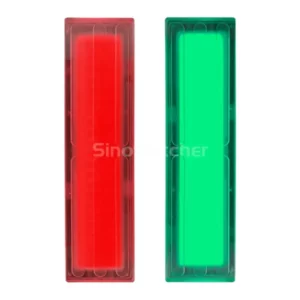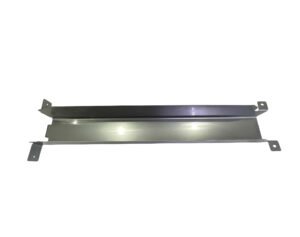Table of Contents
A footwear factory occupies an important position in the production of quality footwear that caters to a variety of styles and needs. From casual wear to specific boots and shoes, a footwear factory combines expert craftsmanship, advanced machinery, and strict control measures on quality. The functioning of a footwear factory equips an individual with knowledge of the intricate, yet very crucial procedures, which make each pair unique.
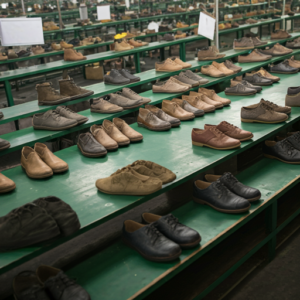
Role of a Footwear Factory in Shoe Manufacturing
A factory usually is a source of production, and in the case of a footwear factory, it brings the productive unit of different materials, designs, and craftsmanship together under one roof to produce a consistent product. Factories oversee the thorough processes of creating footwear from design to product. Some skilled artisans and technicians are usually found in these factories where every single phase in cutting, stitching, and assembly bears quality assurance.
Innovation and Durability: Innovation and durability are the other emphases in footprin+ts. Whether it is leather, synthetic, or eco-friendly, only the right material helps the shoe be durable and comfortable. Good raw material choice, along with the standards set for design, which can even utilize computer-aided design (CAD) for precise designs, also combines part of the process.
Steps in the Production Line of a Factory of Footwear
Normally, every shoe manufacturing plant has a similar cycle of operations to make sure that the quality of the output is excellent:
Design and Pattern Making: Conceptualization of designs sets foot for any shoe manufacturing plant. Proper patterns are designed considering aesthetic and practical purposes as well as desired consumer preferences.
Material Selection and Cutting: After the design output is over, factories buy the materials and cut them up. A pattern is then used to cut the leather or synthetic into accurate shapes without any amount of waste or incorrectness.
Stitching and Assembly: The cut parts are then moved to the stitching section where professional sewers assemble the parts of the shoes. In a shoe factory, stitching is one of the most important stages of production because the satisfaction of the customers in terms of shoe durability and comfort relies on it.
Lasting and Shaping: Now comes the last foot-shaped mold where the footwear will be placed. It would thus give it its shape and form. This would then ensure that each pair that comes from the factory of footwear is regularly shaped and fitted.
Finishing and Quality Control: Finishing encompasses polishing, checking, and provision of footwear with quality inspection at the last stages. Quality control ensures that all products meet the standards established in the factory before being packed and shipped for distribution purposes.
Quality and Safety Standards in Footwear Factories
Every factory of footwear is expected to maintain high quality and safety specifications. Many factories align with international standards for quality operations to minimize defects and ensure durability, comfort, and aesthetic appeal in the finished product. This involves testing of raw materials in terms of resistance to wear and tear up to final product inspection before packaging. Other factories embrace sustainability to lower their environmental footprint. These include reducing waste and recycling besides using non-toxic adhesives.
Conclusion
A factory of footwear is considered to be a complex system that calls for coordination, skilled labor, and more advanced machinery to ensure uniform and correct quality of production. Factories contribute significantly to the growth of the footwear industry and set benchmark standards concerning durability and innovation by focusing on precision, design, and safety.
0


